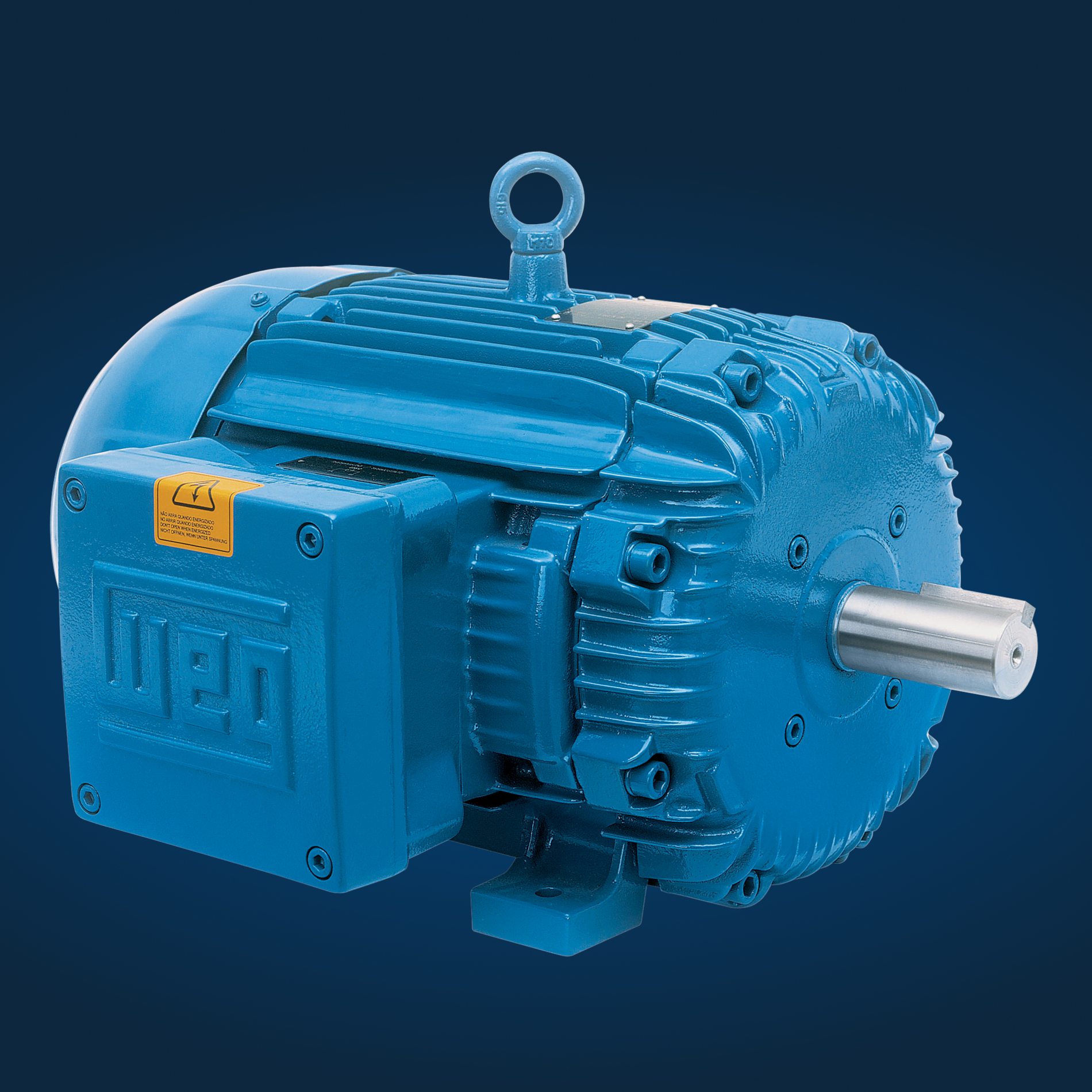
In industrial sectors like oil & gas, mining, chemical processing and grain handling, safety starts with choosing the right electric motor for hazardous environments. VJ Pamensky (WEG Canada) supports Canadian businesses by supplying motors that meet strict safety classifications while ensuring efficient performance in defined hazardous areas.
Classified motors are designed to meet the requirements of specific hazardous conditions but may not necessarily be built to contain an internal ignition. Explosion-proof motors, on the other hand, are engineered to confine any internal spark or ignition source and prevent it from igniting surrounding gases or dust. Their construction also limits surface temperature to ensure safe operation under potentially volatile conditions.
A hazardous location is any area where explosive gases, vapor or dust are present such that they could ignite under normal operating conditions and/or under abnormal operating conditions.
Motors used in these zones must be certified to operate without becoming an ignition source, whether through heat, sparks or arcs.
Hazardous environments are categorized to ensure proper motor selection. In North America, there are two classification systems:
Zone:
Division:
Class:
A Zone 1 / 21 or Division 1 motor is designed to:
A Zone 22 / Division 2 motor is designed to be a safe product through a specific method of protection design and by having a defined term limited temperature code (T-Code).
Myth 1: All explosion-proof motors can be used in any hazardous location.
Reality: Motors must match the exact Class, Division or Zone rating.
Myth 2: Weatherproof or TEFC motors are explosion-proof.
Reality: These may resist dust or moisture but are not specifically rated for hazardous areas.
Myth 3: Explosion-proof means hazard-free.
Reality: Hazardous location motors reduce ignition risk, but proper installation, inspection and maintenance remain critical.
To ensure compliance and safety:
For a full range of certified hazardous location motors, visit our industrial motors page.
VJ Pamensky helps clients across industries navigate the complex world of motor classifications. Whether you're powering grain conveyors, mixers in explosive zones or pump stations in remote oilfields, we ensure you receive motors rated for the correct classification—keeping business operations safe and compliant.
From product selection to technical support, VJ Pamensky helps you reduce risk and protect equipment, personnel and productivity.

Choosing the right motor for hazardous environments is essential for safety, compliance and reliable performance. By understanding classification systems and using properly certified explosion-proof motors, you can reduce risk and meet industry standards. With expert guidance from VJ Pamensky, selecting the right motor becomes a confident, streamlined process.
Need help identifying the right explosion-proof motor for your facility? Contact VJ Pamensky today to speak with a product specialist.